The American Revolution in NYC’s Parks
Some of NYC’s most beloved parks were once key settings in the nation’s battles for independence.
Bowling Green, Manhattan
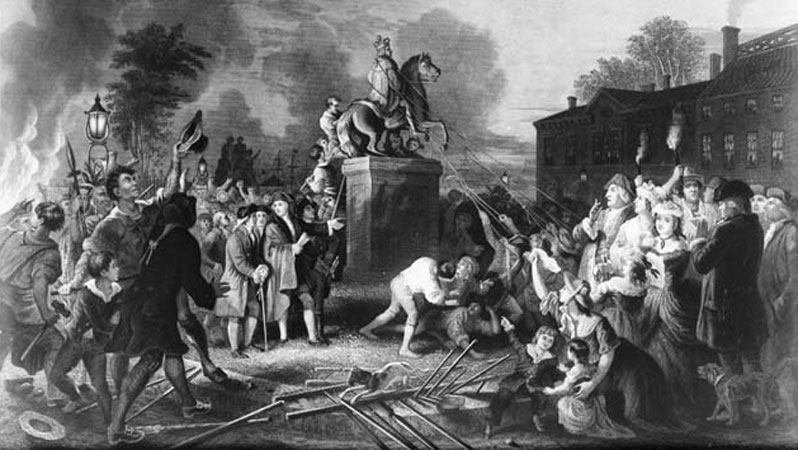
The first commemorative sculpture in a New York City park was, unfortunately, a statue of King George on his horse, which had been erected in Bowling Green. The statue met its end on July 9, 1776, when a mob that had gathered to hear the brand new Declaration of Independence be read aloud in City Hall Park got a little too worked up, marched south on Broadway, and proceeded to topple the nearest symbol of tyranny.
In the coming years, New York City’s parks witnessed far more than just mob violence during the American Revolution. Areas that are now public parkland would be the sites of bloody battles, acts of outsized courage, and doomed attempts at diplomacy.
Fort Greene Park
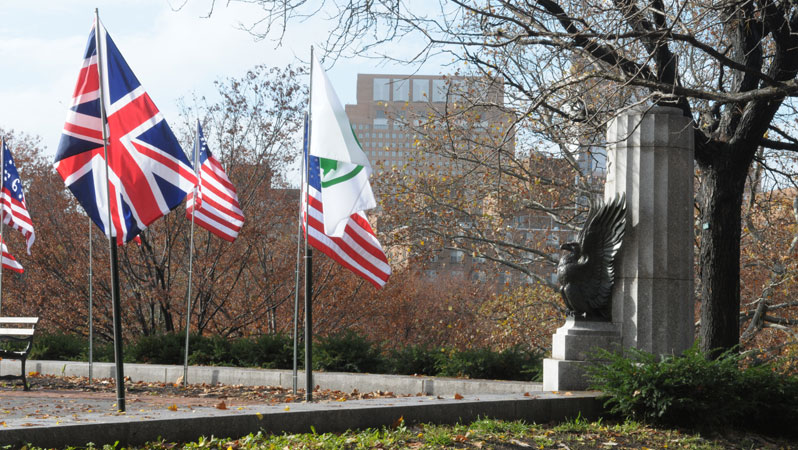
To prepare for the epic Battle of Brooklyn in 1776, Major General Nathaniel Greene decided to build a fortress on the high ground of this waterfront Brooklyn neighborhood. The fortifications were rebuilt for the War of 1812, when it seemed possible that the British would take a second shot at conquering Brooklyn.
The park’s massive Prison Ship Martyrs’ Monument is actually a crypt, holding the remains of some of the approximately 11,500 American POWs who were held in British ships and died of disease and malnutrition.
Prospect Park and the Old Stone House, Brooklyn
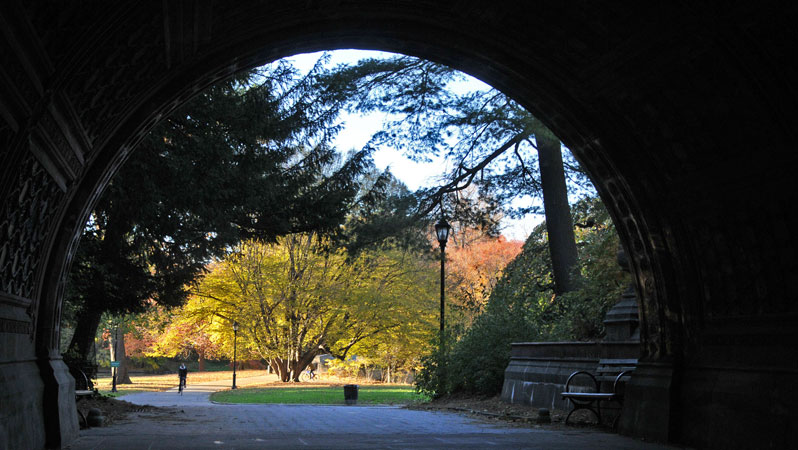
The first real battle to follow the Americans was the Battle of Brooklyn, the largest battle in the entire eight-year war.
The eastern side of Prospect Park, alongside the park drive, was a key site of the Battle of Brooklyn, referred to at the time as Battle Pass. Battle Pass saw some of the fiercest fighting of a battle that involved 42,000 troops and which would take more than 350 lives. The eventual loss of Battle Pass to the British helped convince General Washington to give up on Brooklyn and retreat to Manhattan. Several monuments that honor the events of the Revolutionary War were erected in the park, including Battle Pass Historic Marker, Dongan Oak Marker, and the Maryland Memorial.
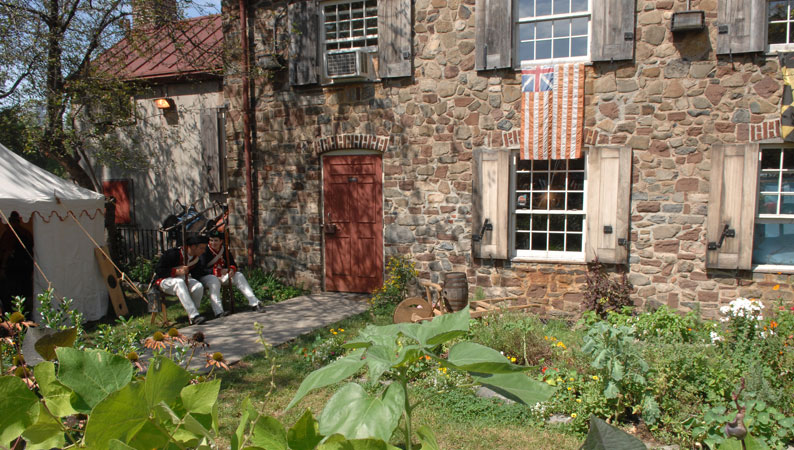
A group called the Maryland 400 (really only about 260 men) would become known for their bravery during the battle at what is now the Old Stone House in Park Slope. The small group of men held back 2,000 British troops while the remaining Continental Army retreated. Fewer than a dozen of these men would survive the battle.
More about the Old Stone House
Morris–Jumel Mansion & Riverside Park, Manhattan
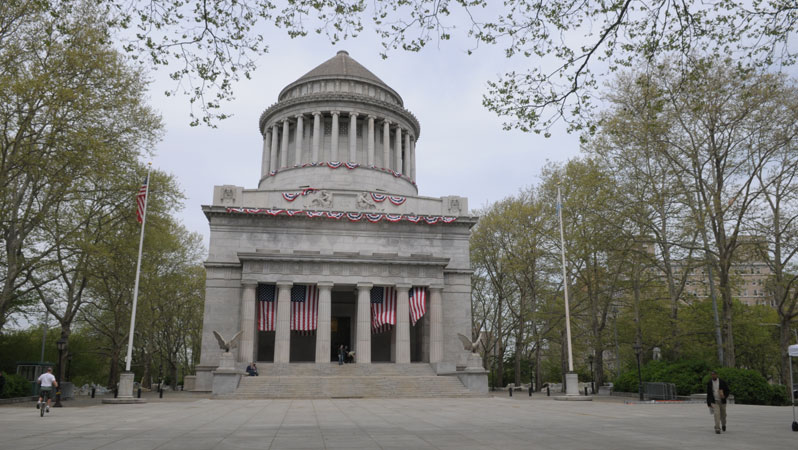
The Battle of Harlem Heights in the fall of 1776 was General Washington’s first victory, and the first real sign that the ragtag colonial army might have a chance, however odd that might seem, against some of Europe’s finest military. The battle itself sprawled across what is now Morningside Heights and Harlem, and the site is commemorated with markers in Riverside Park at 121st Street and Riverside Drive near Grant's Tomb and at Broadway between 147th and 148th Streets in Manhattan.
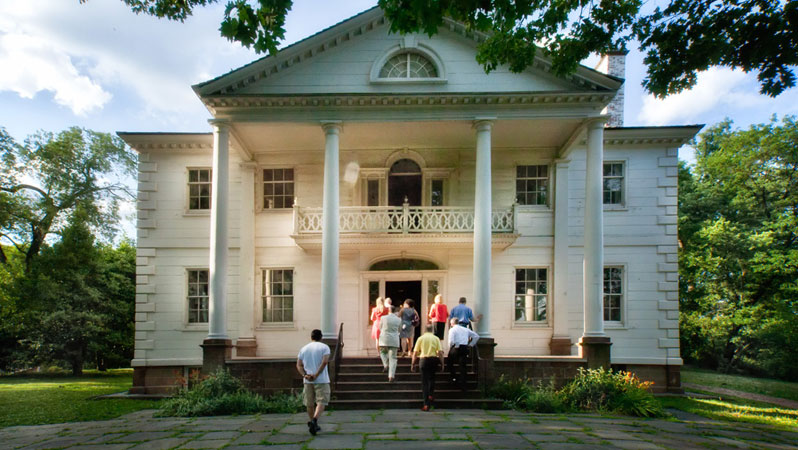
Washington used the Morris-Jumel Mansion as his military headquarters, and commanded troops (including future president James Monroe) from the historical house. Not only was the mansion a comfortable resting spot for a general, the fantastic view gave Washington a good vantage point to observe troops. Despite the fact that the Continental Army won the Battle of Harlem Heights, the Mansion would soon be occupied by British and Hessian forces.
More about the Morris-Jumel Mansion
Conference House Park, Staten Island
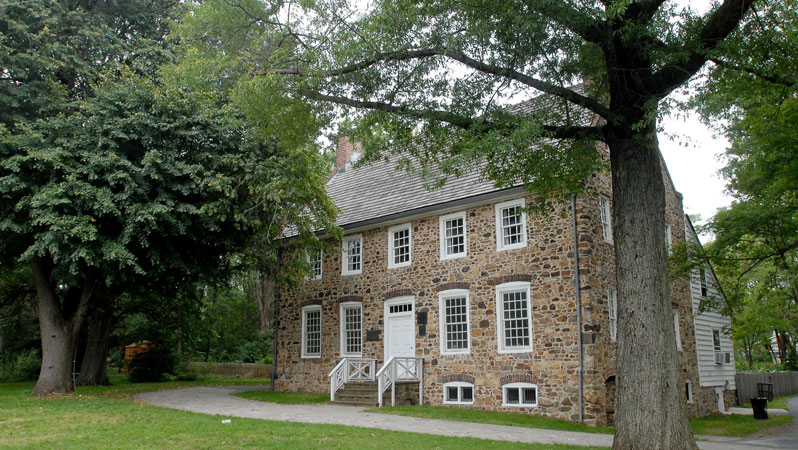
More than a year into the Revolutionary War, with no end in sight, the British commander Lord Admiral Richard Howe invited Benjamin Franklin, John Adams, and Edward Rutledge to discuss a peace treaty with him at the Staten Island manor now called Conference House. As a sign of good faith, the British loaned the Americans a British officer to keep as a hostage during the meeting. As a sign of even better faith, the Americans brought their hostage along.
Negotiations only lasted three hours: Howe’s offer to pardon the revolutionaries and allow them to return to being British subjects was flat-out refused, as John Adams told him, "Your lordship may consider me in what light you please, [...] except that of a British subject."
The war continued for seven more years.
More about the Conference House
Fort Tryon Park, Manhattan
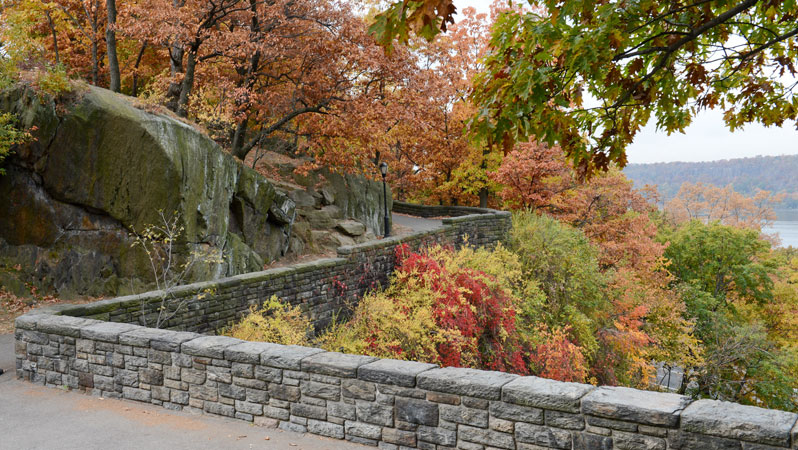
This fort that gave this Northern Manhattan park its name was actually called Fort Washington (after the colonies’ favorite rock star general, of course) until November of 1776, when it was taken by Hessian mercenaries and renamed for a British governor. Among those wounded during the Battle of Fort Washington was Margaret Corbin, the first woman to fight in the war. Corbin initially helped her husband fire one of the army’s two cannons. When her husband was shot, she continued to man the cannon alone until she was too wounded to continue. The park’s entrance is now named in her honor.
Old Fort Four Park, Bronx
In 1777, Washington ordered the construction of defenses along the Kingsbridge area, to protect the Harlem River and a key bridge that connected Manhattan to the mainland. The largest of these defenses was Fort Four, which stood tall for two years until it was destroyed by the British, under Sir Henry Clinton. The area was an active battleground, and when the Parks Department acquired it over a century later, cannonballs were found under what is now Fort Independence Playground.
Van Cortlandt Park, Bronx
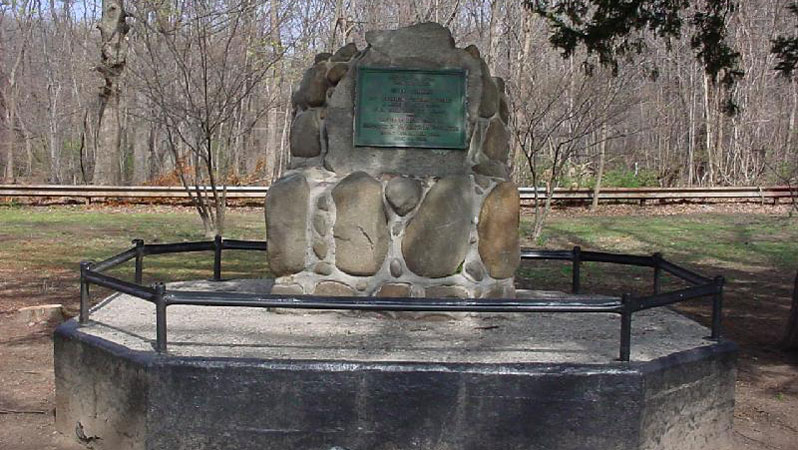
In late summer of 1778, a group of Mohicans from Stockbridge, Massachusetts were busy tracking the British across the Bronx, and reporting on the Brits’ movements to the colonial army. Led by Chief Abraham Ninham, the group had been fighting and spying in many battles, moving from Boston to Philadelphia before coming to New York. On August 31, 1778, in what is now Van Cortlandt Park East, the group was discovered and surrounded by British and Hessian troops. In the clash that followed, Chief Ninham and 17 other Stockbridge Mohicans were killed. The wealthy family living on that land buried the dead, and erected a cairn over the chief’s gravesite. The cairn would later be replaced with the current cairn and plaque that stands there today.
Claremont Park, Bronx
This park began its life as part of the massive estate of a founding American family, the Morrises. The most famous member of the family, Gouverneur Morris was living here in 1787, when he wrote large chunks of the Constitution, including its famous first words: “We the people of the United States.”